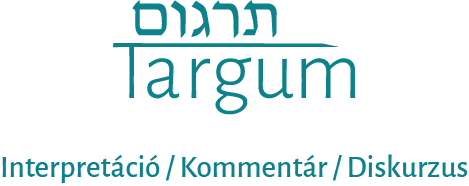Tamás Máté: Jogok, kötelezettségek és identifikációk – Zsidó lakosok jogérvényesítési és jogkiterjesztési stratégiái a 19. század közepi Nagykanizsán
Targum, 5, 2024. 2–15.
DOI: 10.56664/targum.2024.5.2
1839-ben a nagykanizsai zsidó közösség nyolc tagja beadványt küldött Zala vármegye közgyűléséhez, amelyben kérvényezték, hogy az úrbéres telkeken álló házakat birtokló zsidó lakosokra terjesszék ki a városi közösség elöljáróválasztására vonatkozó jogot. Az eset alapján azt vizsgálom, hogyan azonosították magukat a zsidók a jogérvényesítés vagy jogkiterjesztés érdekében. Az esetből egyrészt láthatóvá válik, hogy a zsidó és a városi közösségre vonatkozó különböző normák egyre inkább egymásba fonódtak és átfedték egymást; másrészt pedig a normák közötti átjárhatóság nemcsak az adott közösségből való exklúzió, hanem az inklúzió eszközeként is működhetett, amelynek alapvető része volt az identifikáció.
Rights, Obligations, and Identifications – Legal Enforcement and Expansion Strategies of Jewish Residents in Mid-19th Century Nagykanizsa
In 1839, eight members of the Jewish community of Nagykanizsa submitted a request to the general assembly of Zala County to extend the right to elect the council of the urban community to Jews who owned houses on urbarial plots. I will use this case to examine how the Jews identified themselves in order to assert or extend their rights. The case shows, on the one hand, that the different norms for the Jewish and the urban community increasingly intertwined and overlapped; on the other hand, the penetrability of norms could function not only as a means of exclusion but also as a means of inclusion, of which identification was an essential part.
